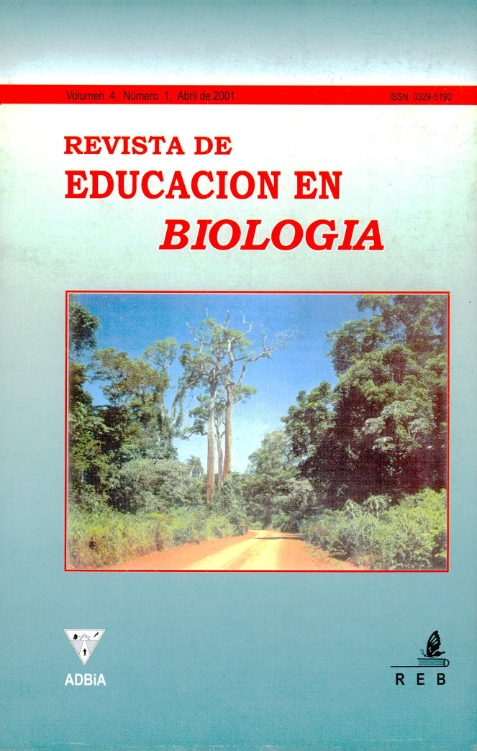The use of inventories for the description of explicit epistemological beliefs of a science teacher in an ethnographic study. Comparison with implicit beliefs
Main Article Content
Abstract
This work is part of a research project based on the "teacher-centered mediational model", which attempts to develop methodologies, procedures and instruments to study explicit and implicit epistemological and didactic beliefs of middle level science teachers (in training and in practice). The objectives were: To describe and characterize (as part of the "ethnographic methodology" and using two inventories) some explicit epistemological beliefs of a science teacher of the middle level taken as a "case" and to compare them with the implicit ones, obtained during the same ethnographic study (using as an interpretative framework, the same substantive theory). The methodology used in the "subject-centered ethnographic research" (epistemological and didactic beliefs) is presented. The explicit epistemological beliefs of the "case teacher" were studied with the "Inventory of Didactic and Epistemological Beliefs (ICDE)", elaborated by the work team and with the "Inventory of Pedagogical and Scientific Beliefs (INPECTP)", developed by Porlán Ariza (1989). The responses to both Inventories were analyzed using the "substantive theory" used to develop the ICDE. Some explicit epistemological beliefs of the teacher were described and characterized. These were compared with implicit beliefs (inferred from other data sources and analyzed with the same theoretical framework).
Article Details

This work is licensed under a Creative Commons Attribution-NonCommercial-ShareAlike 4.0 International License.
Aquellos autores/as que tengan publicaciones con esta revista, aceptan los términos siguientes:- Los autores/as conservarán sus derechos de autor y garantizarán a la revista el derecho de primera publicación de su obra, el cuál estará simultáneamente sujeto a la Licencia de reconocimiento de Creative Commons que no se permite un uso comercial de la obra original ni de las posibles obras derivadas, la distribución de las cuales se debe hacer con una licencia igual a la que regula la obra original.
- Los autores/as podrán adoptar otros acuerdos de licencia no exclusiva de distribución de la versión de la obra publicada (p. ej.: depositarla en un archivo telemático institucional o publicarla en un volumen monográfico) siempre que se indique la publicación inicial en esta revista.
- Se recomienda a los autores/as difundir su obra a través de Internet (p. ej.: en archivos telemáticos institucionales o en su página web) después del proceso de publicación, lo cual puede producir intercambios interesantes y aumentar las citas de la obra publicada. (Véase El efecto del acceso abierto).
How to Cite
References
.

